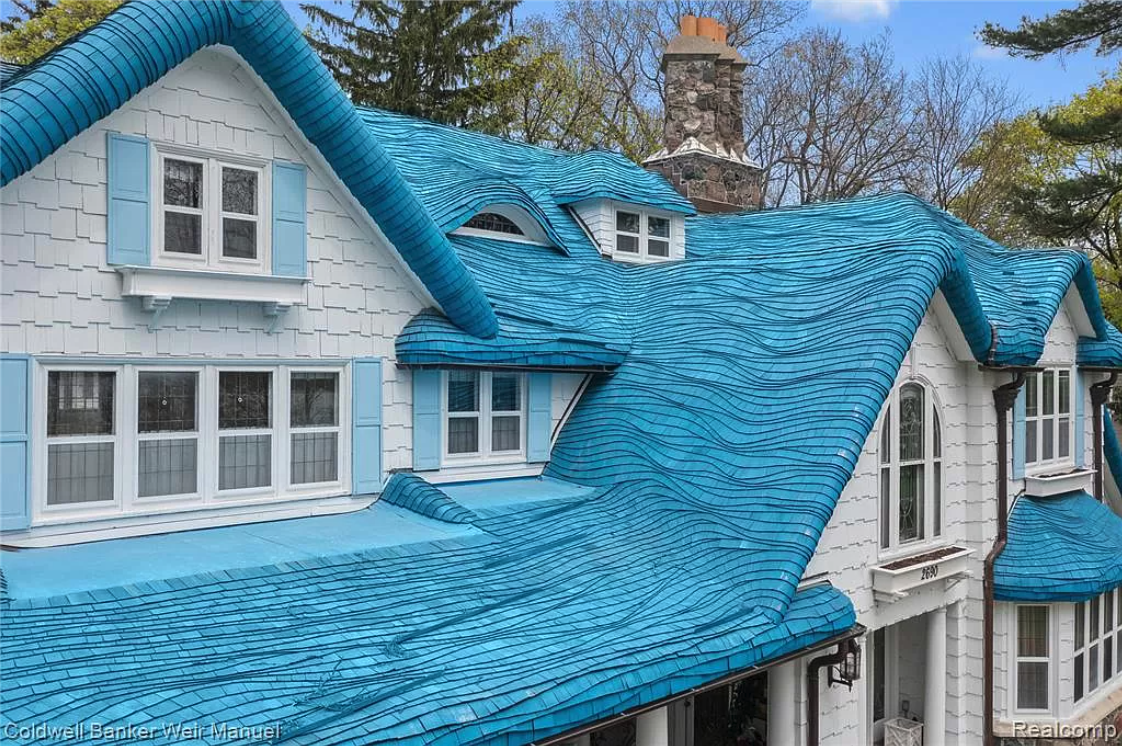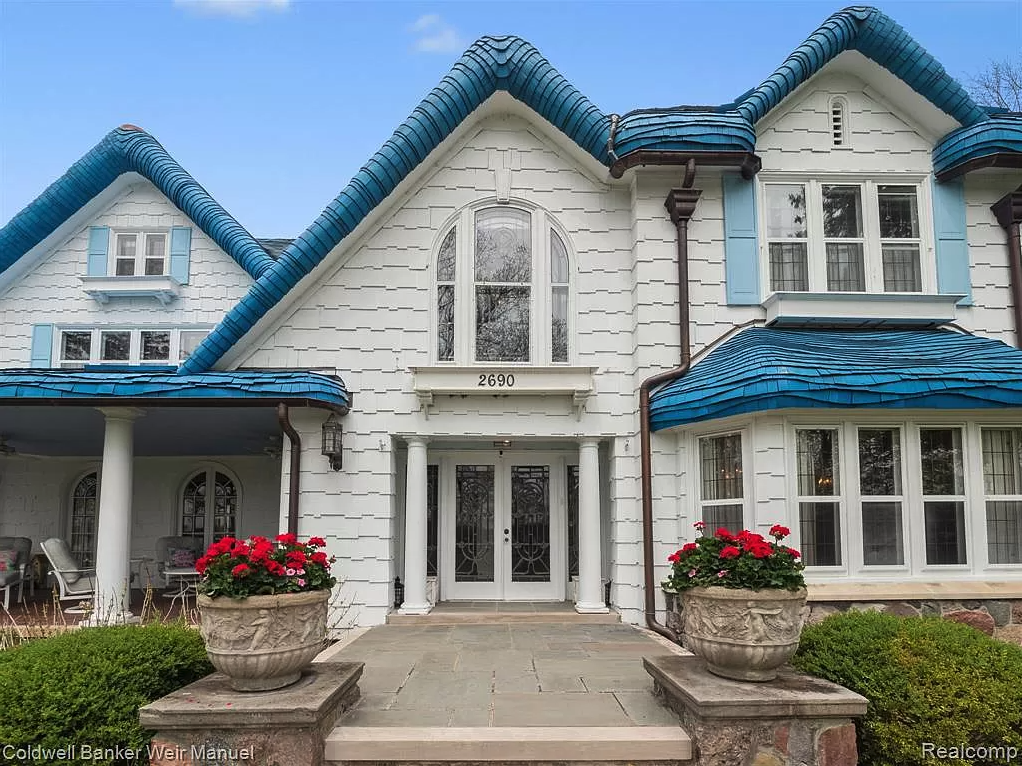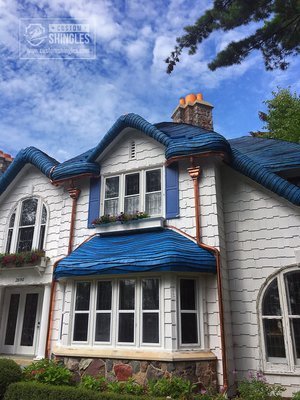Choosing a roofing material is a big decision. Most homeowners want a material that enhances their home and creates the look they want. However, protecting your home from fire damage is also a vital factor.
Fire-resistant roofing materials reduce the time it takes for a fire to spread. Whether you live in an area prone to wildfires or elsewhere, fires can arise quickly and unexpectedly. Investing in a fire-resistant roof can keep you, your home and your loved ones safe.
Difference Between Fireproof and Fire-Resistant
Fireproof and fire-resistant materials reduce the likelihood of fire spreading to other areas. Although people often use the words interchangeably, they are slightly different.
Fireproof: Every material and object can experience heat damage, meaning nothing can be entirely immune to fire. Instead, fireproof describes materials treated with a reliable fire retardant.
Fire-resistant: Fire-resistant materials can withstand heat to some degree and help prevent the spread of flames. Three classes describe how fire-resistant a material is — Class A, Class B and Class C. While anything can become fire-resistant with the treatment of a quality fire retardant, some materials, such as brick, are less likely to catch fire even if left untreated.
To make the distinction easier, think of "fireproof" as a verb. It is the action of making an object less likely to spread flame. You can make any object or material fire-resistant by fireproofing it. Whether a material is labeled "fireproof" or "fire-resistant," you can feel secure that a professional has treated it to make it safer.
Benefits of a Resistant Roof
Although roof shingles are not fireproof, professionals can make them fire-resistant and safe for your home. Fire-resistant roofing systems have many benefits, including:
Additional durability: Many fire-resistant treatments act as a preservative for roofing materials, helping them last longer.
Reduced pest presence: Some chemicals can make your roof unappealing for small pests, such as woodpeckers, that could otherwise plague your shingles.
Fire prevention: Fire-resistant roofing systems can significantly slow the spread of fire, providing first responders more time to reach the scene.
Increased roofing options: Popular roofing materials that create unique looks, like wood or synthetic thatch, can receive a fire-resistant treatment that makes them perfect for protecting your home while making it stand out.
Fire-Resistant Roofing Materials
Most roofing materials can be treated with a fire-retardant that protects them and helps prevent fire spread. Furthermore, while many materials can be fire-resistant, some have a higher class ranking than others. These materials are less likely to catch and spread flame by nature, making them an excellent addition to your home.
Metal
Metal is one of the most fireproof roofing materials since it does not combust under fire, and few fires are hot enough to melt it. Every metal has a different design quality, so you should always ensure yours has a Class A rating.
Metal roofing systems can last 40 to 70 years, making them an excellent investment for the long run. They're also non-corrosive and lightweight, making them a suitable option for many homeowners.
Concrete
Concrete and clay are also very resistant to flame, though they are popular roofing materials only in some areas. These roofing systems can give your home a Mediterranean look, but they can be expensive and need more frequent replacing. Clay and concrete tiles are also heavier than many others, and your home may require additional structural support to bear the extra weight.
Slate
Slate is a type of rock, making these shingles naturally fire-resistant. This material can be expensive to install, though it can give an elegant touch to historic and modern homes. This material is also heavy. As with concrete or clay, your home may need additional support for this type of shingle. However, these systems are very durable and have a natural beauty that appeals to many homeowners.
Treated Wood
Treated wood is also an excellent choice for homeowners. These roofing systems are highly customizable, and a fire-resistant treatment can help them protect your home from fires. You may need to re-treat some wood shingles, but the beautiful and natural looks you can achieve for your home make this material a versatile option for many homeowners.
How to Fireproof Wood Roofing
Like many other materials, you can fireproof wood roofing with the correct application of treatments. While many areas have different requirements and codes for shingle fire treatment, copper arsenate (CCA) is a commonly accepted fire treatment. This combination of chromium, arsenic and copper leaves a green residue and essentially acts as a preservative.
Certi-GUARD is a labeling process to determine whether cedar shingles meet the requirements for a fire-resistant class. Class C shingles receive a blue label and Class B shingles receive a red label. Although individual shingles cannot achieve a Class A rating, a component roofing system that uses Class B shingles and fire-retardant underlayment can earn a Class A label.
At Custom Shingles, we create fireproof wood shingles by applying different treatments to our lumber, making them better able to protect your home. We ensure our wood shingles are CCA-treated and offer Certi-GUARD shingles to keep your home safe from fires.
Why Fire-Resistant Roofing Is Important
Your roof is very exposed to natural elements. Many external factors can affect your home even when your family practices fire safety and feel that you live in a safe location. For example, those who live in areas where wildfires are common face the possibility of an ember sparking a fire in their home. Wildfires spread quickly and cause detrimental damage to anything in their path, including neighborhoods and individual homes.
Even those who live in urban areas or otherwise don't face the possibility of a wildfire can still see other fire hazards. Fireworks, barbecue embers, chimney sparks and lighting strikes can ignite a flame that threatens your home. Another home in your neighborhood could also catch fire, leading the embers to fly towards your house.
How flammable your shingles are will vary depending on what class of material they're made of and what fireproofing treatments they've received. A fire-resistant roof can help protect your home from devastating damage and help reduce the likelihood of the fire spreading to other homes and structures.
Request a Quote From Custom Shingles for Your Roofing Material Needs
Custom Shingles is a reliable team of premier roofing specialists. We help create timeless trends that homeowners love and want to make your home project a work of art.
Wood shingles have superior longevity, making them one of the best roofing materials for homeowners. Our wood shingles can last 30 to 80 years, giving you a look you love for a lifetime with minimal repairs and touchups.
Contact us for more information about how we can give your home a stunning look you'll love.














